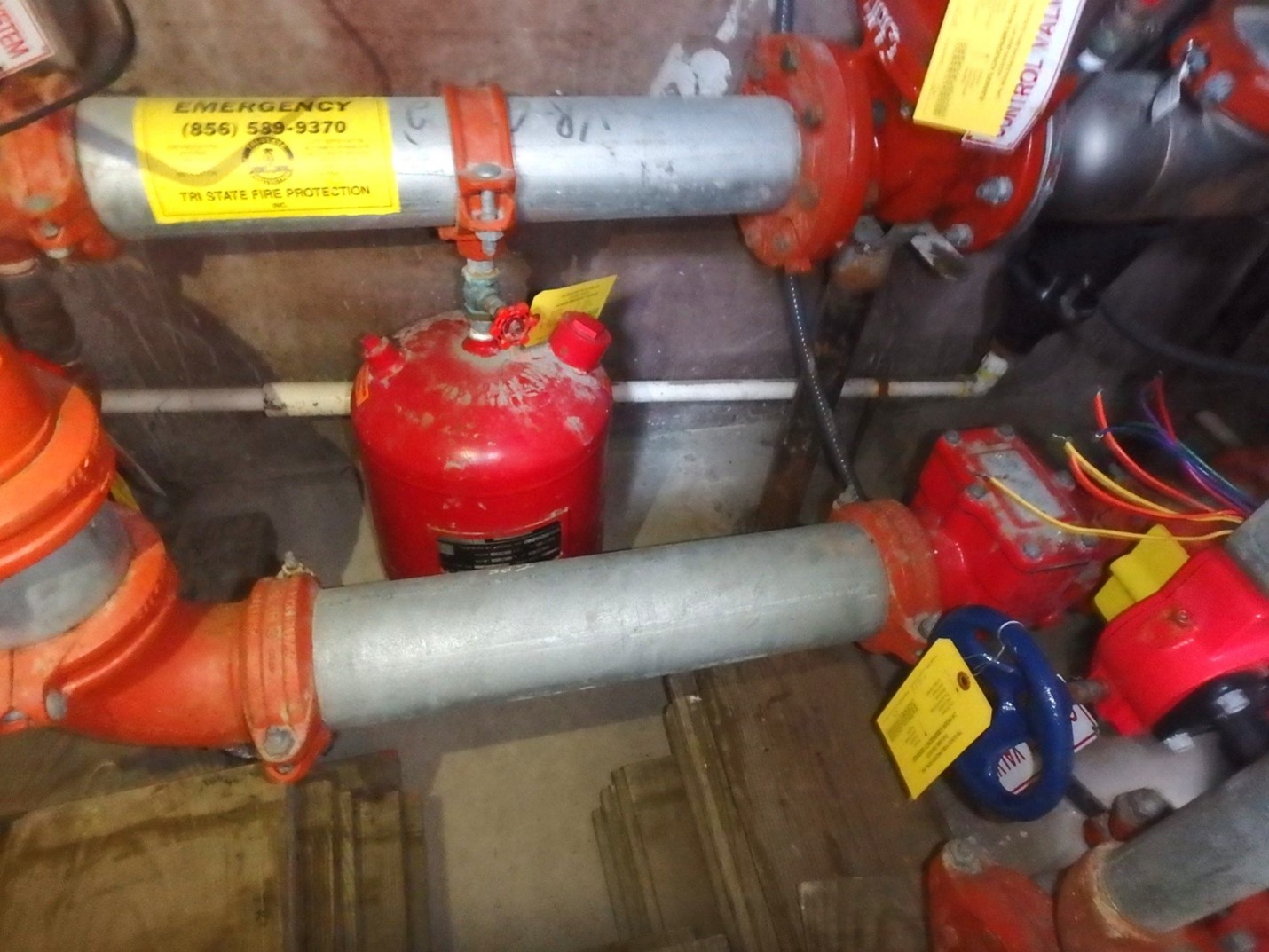 How are outside areas of a building protected by an automatic sprinkler system without threat of freezing pipes?
How are outside areas of a building protected by an automatic sprinkler system without threat of freezing pipes?
January 30, 2025
by Nils Deacon, Manager, Inspections and Rating Services
The importance of protecting all areas of a commercial building with an automatic sprinkler system is well recognized with specific guidance provided by NFPA 13.
As noted in a previous (May 2022) Underwriters’ Corner, wet pipe sprinkler systems are the most effective way to protect a building.
The other most common option is a dry pipe system, used in buildings where sprinkler piping could be exposed to temperatures of 40oF or less.
Wet pipe systems are preferrable since there is no delay in delivering water onto a fire. Wet pipe systems are also less expensive to install, maintain, and service than dry pipe systems.
Anti-freeze systems allow for the use of wet pipe systems in more buildings.
When a small part of the system, such as the covered pass-through in the previous Underwriters’ Corner segment, is exposed to low temperatures, anti-freeze loops can be used. Sprinkler pipes in the loop are filled with an anti-freeze solution.
The anti-freeze solution is checked for stability as part of the annual inspection by a qualified sprinkler contractor.
DISCLAIMER: This information reflects the interpretation of MSO, Inc. with regard to NFPA Standards and Codes and other code sources. It does not represent these codes’ official position on the items discussed.
Anti-freeze loop expansion container

